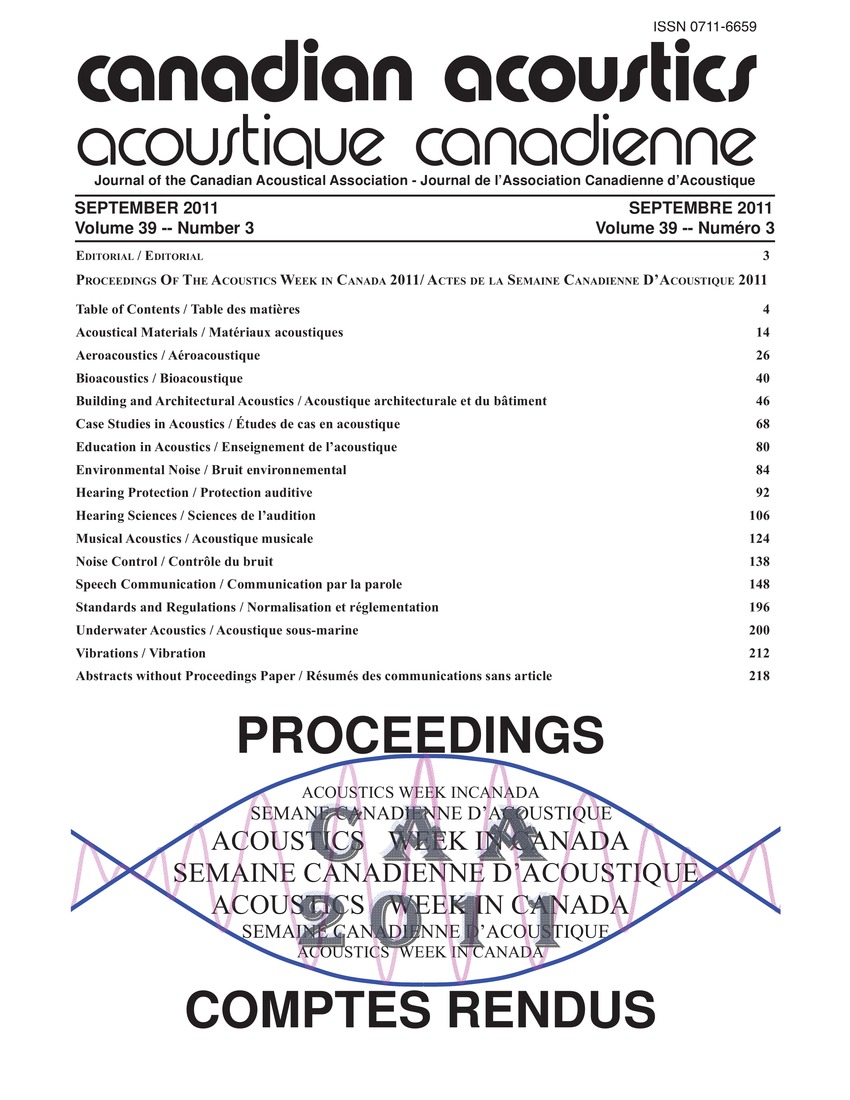Aeroacoustic prediction of an automotive cooling fan
Keywords:
Acoustic wave transmission, Aerodynamics, Computational aeroacoustics, Mach number, Temperature measurement, Acoustic radiation, Aerodynamic simulations, Automotive fan, Blade passage, Blade tip, Directivity, Near fields, Recirculations, Short durations, Sound pressure level, Thickness noiseAbstract
The acoustic radiation is computed by a Ffowcs-Williams and Hawkings analogy based on the near field fluctuations provided by the aerodynamic simulation. Considering the Mach numbers at the blade tip, only the thickness noise and the loading noise are computed and the effects of the quadmpole noise are neglected. Only 3 blade passage periods were recorded for the purpose of this paper. Although this short duration cannot yet yield well resolved tones, it shows the correct trend. The sound pressure level at each microphone shows a dipole-like directivity with a maximum on the rotor axis. The results for both meshes confirm the predicted tone at the frequency of the impact between the tip recirculation structure and the blades (600 Hz). Aerodynamic simulation of an automotive fan has been successfully achieved. This computation has highlighted the dominant flow structures that are the dominant sources of unsteadiness on the rotor surfaces and therefore the major sources of noise.Additional Files
Published
How to Cite
Issue
Section
License
Author Licensing Addendum
This Licensing Addendum ("Addendum") is entered into between the undersigned Author(s) and Canadian Acoustics journal published by the Canadian Acoustical Association (hereinafter referred to as the "Publisher"). The Author(s) and the Publisher agree as follows:
-
Retained Rights: The Author(s) retain(s) the following rights:
- The right to reproduce, distribute, and publicly display the Work on the Author's personal website or the website of the Author's institution.
- The right to use the Work in the Author's teaching activities and presentations.
- The right to include the Work in a compilation for the Author's personal use, not for sale.
-
Grant of License: The Author(s) grant(s) to the Publisher a worldwide exclusive license to publish, reproduce, distribute, and display the Work in Canadian Acoustics and any other formats and media deemed appropriate by the Publisher.
-
Attribution: The Publisher agrees to include proper attribution to the Author(s) in all publications and reproductions of the Work.
-
No Conflict: This Addendum is intended to be in harmony with, and not in conflict with, the terms and conditions of the original agreement entered into between the Author(s) and the Publisher.
-
Copyright Clause: Copyright on articles is held by the Author(s). The corresponding Author has the right to grant on behalf of all Authors and does grant on behalf of all Authors, a worldwide exclusive license to the Publisher and its licensees in perpetuity, in all forms, formats, and media (whether known now or created in the future), including but not limited to the rights to publish, reproduce, distribute, display, store, translate, create adaptations, reprints, include within collections, and create summaries, extracts, and/or abstracts of the Contribution.


